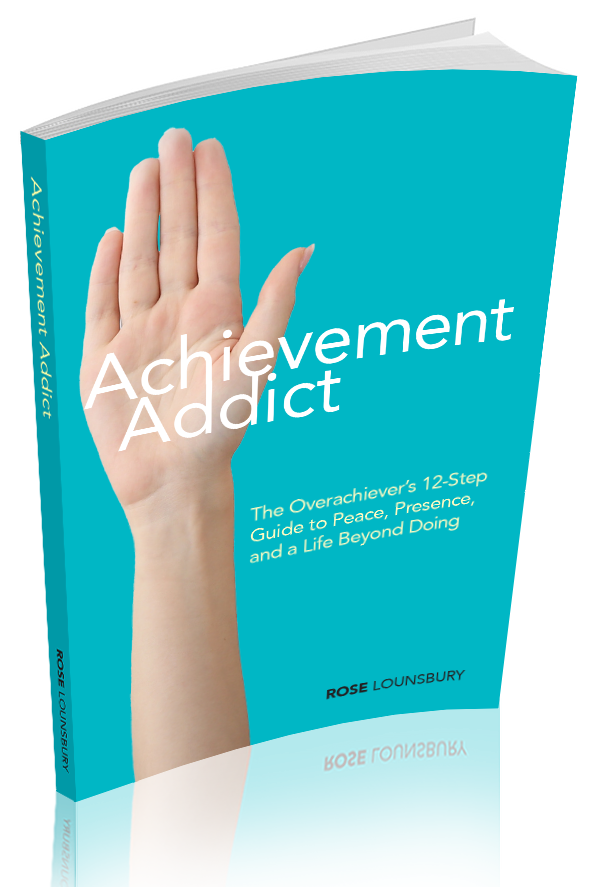If you want an organized home office, just follow the advice above and you can probably achieve it.
But it’s not that easy, is it? We often don’t know what to shred and what to file and what to act upon and so the paper piles build up like February snow in Ohio. An inch here, an inch there. Soon enough, we could make a paper snow fort and have a rockin’ snowball fight. (Which would certainly be more fun than sorting all that paper, that’s for sure!)
I recently started a new project with a client, helping her organize her home office. Interestingly, her office is located smack dab in the middle of the main floor of her house. She said she used to have an office in the basement, but she never used it.
Bingo. I couldn’t have said it better myself.
If you want to manage the paper in your house, your home office space must be in a central location. I should know. I am sitting in my home office right now. It’s also called my dining room table. Or the homework space. Or a race track for Matchbox cars. You get the idea.
Offices should never be tucked away, relegated to a dark basement or a tiny corner of the guest bedroom. Nobody wants to sit down there and work, unless they’re a troll or a major introvert or both. We do our best work in clean, open, vibrant spaces. We feel creative in areas where there is productive work going on around us. It’s easier to file and organize when we are living in the space alongside our office. Thus, I’m a big proponent of dragging the file box out of that hidden cupboard and letting her see the light of day. Keep your pencils and paper clips somewhere handy. Filing documents should not feel like physical exercise, sweating up and down stairs trying to find the blank manila folders, then the pen, then the file cabinet. Nope. Keep it all handy. Keep it all one place. Keep it all nearby. Do this, and filing can become, dare I say it? FUN. (Maybe not as fun as the paper snowball fight mentioned above, but enjoyable, at least.)
My client had just this experience when we worked together this morning. Like I said, her home office was situated in the perfect location of her home – grand central. However, like many of us, she had become overwhelmed with boxes of paper and files. She wasn’t sure what to keep and what to toss, so the boxes filled, the piles grew. When we started our session together, she had five banker’s boxes of paper sitting outside the office door.
“Let’s start with those,” I said.
“Really?” she responded.
“Absolutely.”
I think you should always start organizing with the area that bugs you the most, the area you’d like to avoid if possible. When she showed me her office and the boxes outside, I could tell that the boxes bothered her immensely. She sighed when she looked at them and raised her hands in a gesture resembling defeat. They needed to go, and I was just the person to point them toward their demise.
We set up a comfy location in her living room and addressed box after box. I won’t go into laborious detail about my process (if you’d like to know the entire process, read my Taming The Paper Dragon post) but just know that if you want to address a paper snowdrift, you need to look at each item, as quickly as possible, and decide if it fits into one of these three categories:
- TOSS – Shred it or recycle it. Key questions to ask yourself: Is this still relevant? and Can I find this information elsewhere? At least 90% of your paper should end up in this pile. Yep, 90%. No joke.
- NEEDS ACTION – Do you need to do something associated with this paper? (Call someone, order something, write a check?) Put all your NEEDS ACTION items together in one place and act on them once you’ve sorted the piles.
- FILE for REFERENCE – If you can’t toss it, but it doesn’t need action, then you are probably keeping something in order to refer to it later. Beware here. If you think something needs to be filed, ask yourself the questions from #1 again: Is this still relevant? and Can I find this information elsewhere? Be honest. A good example: Your health insurance company sent you a statement detailing a claim they paid. You aren’t disputing the claim. Should you file it? Absolutely not. It fails both of these questions. 1) It is not relevant because it’s already paid and you aren’t disputing the claim. 2) If you ever needed the information, you could get it elsewhere by calling the insurance company. They sent you the statement, after all. Only file what you need to, folks, which is probably a lot less than you think.
My client smiled as she sorted through her boxes, tossing old documents into the shred pile with obvious joy.
“You’re giving me permission to get rid of all this stuff,” she said.
Actually, she gave the permission to herself. I just pointed her in the right direction.
The end of our morning’s work? Four full boxes of shreddables, headed to a local office supply store that will shred it by the pound. The next time I see her, we will actually get inside her office and tackle some more organizational issues, but we are off to a great start.
Do you have some paper piles or boxes full of paper that could use sorting? Get to it! You’ll feel amazing when you’re done, I promise.








One Response
comment practice.